Tools of a Naturalist
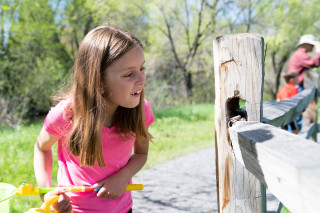
See it!
- The most important tools a naturalist has are their senses – try using different ones to find nearby nature.
- Consider variables when looking for nature. Things like time of day, the season, and current weather can change what you are finding. For example some animals or insects only come out at night, are more active in the fall months, or are easier to spot in the rain. Observing one spot in your yard with different variables may lead to finding new wildlife each time!
Grab it!
- Tools like nets or blankets can be really useful for catching flying insects, or small insects living in the grass.
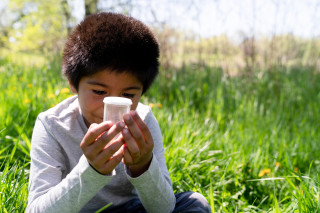
Contain it!
- Catch bugs using small containers like bug jars, sanitized yogurt containers, or other receptacles from around your house.
Read about it!
- Use a guidebook, or online guide to help identify or learn more about what you found.
Record it!
- Write down notes about what you are observing using a notebook, and try your hand at doing a field sketch (drawing what you see).
- Become a citizen scientist by adding photos of wild living things (or evidence of wild living things!) to iNaturalist.
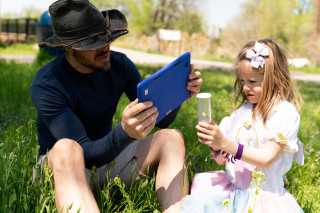
Make it fun!
- If you are heading outside to make some nature observations, pack a bag with some of the tools listed above, and a few more helpful items. Here is a short list we recommend:
- Backpack
- Guidebook
- Mobile device or camera (to take pictures of what you see!)
- Notebook
Come up with your own nature games this summer. Here is one to get you started:
Backyard Bingo
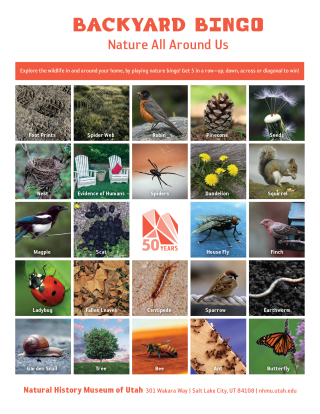
|
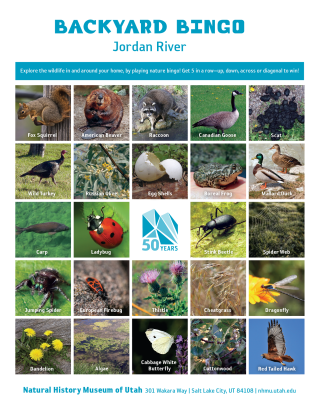
|
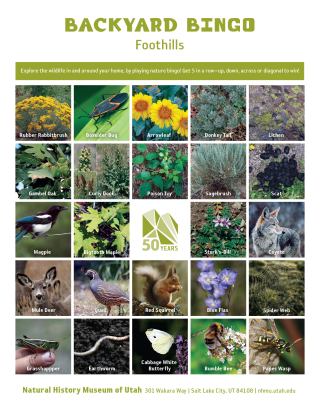
|
Bingo de mi jardin
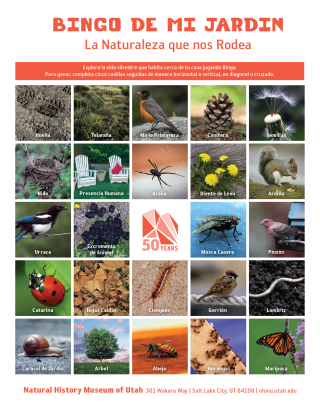
|
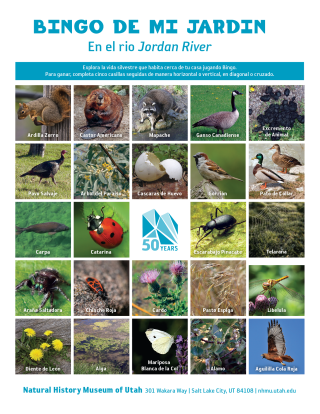
|
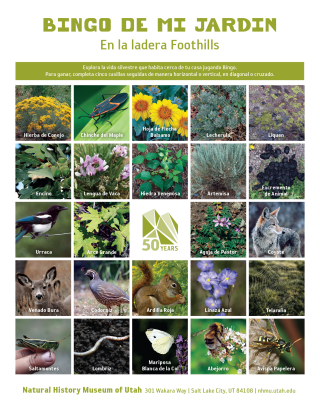
|